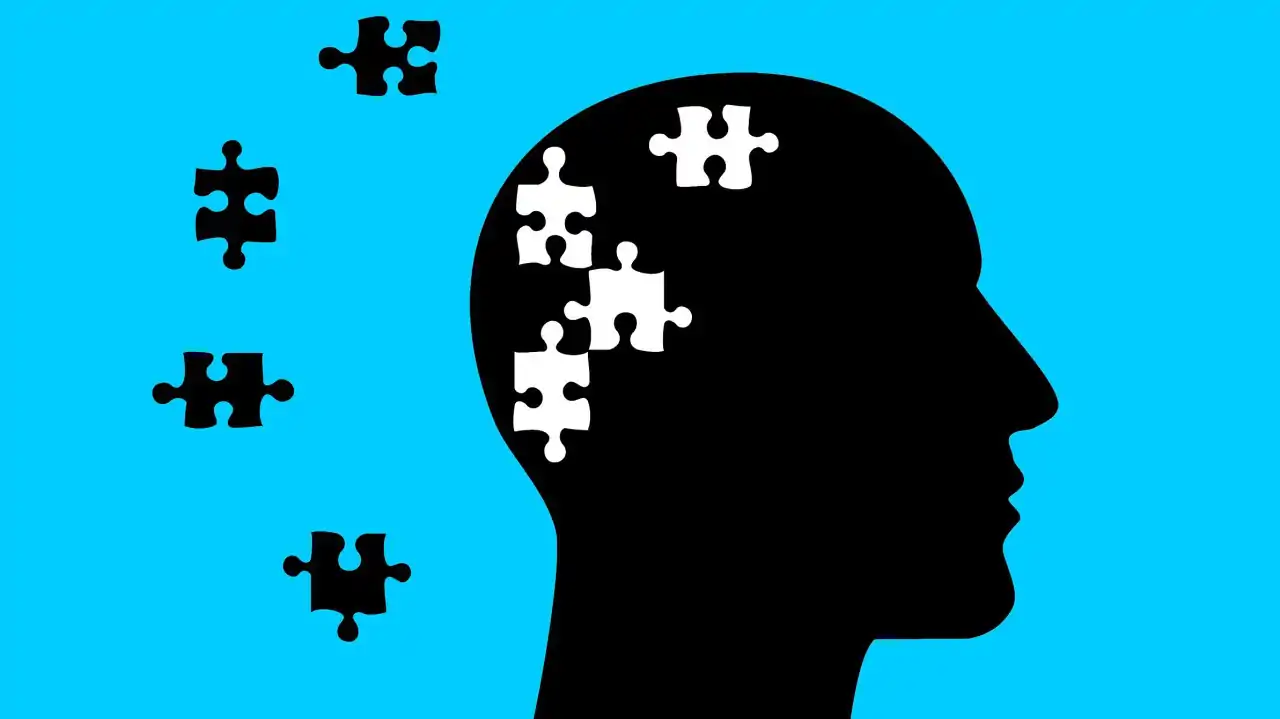 Contact
Contact

Posted January 30, 2024
In a world inundated with information, the ability to remember and retain crucial details becomes a valuable asset. Various studies suggest that the choice of medium significantly influences our capacity to absorb and recall information.
According to a study by explain.ninja, viewers absorb a staggering 95% of a message when delivered through video, as opposed to a mere 10% when conveyed through text (source: https://explain.ninja/blog/20-video-marketing-statistics-2020/). Additionally, research from truscribe.com indicates that combining audio and visual elements can significantly enhance retention rates, highlighting the importance of a multi-sensory approach (source: https://truscribe.com/how-visuals-help-you-remember-information).
Understanding different learning styles
One of the fundamental principles in effective communication and information retention is recognizing that people absorb information differently. Some individuals prefer reading, others thrive on hands-on experiences, while some are visual or auditory learners. Tailoring your message to cater to diverse learning styles can significantly impact how well your information is retained.
The power of video
Video emerges as a powerful tool in capturing and retaining attention. The explain.ninja study underscores that the visual and auditory elements of video combine to create an immersive experience, making it an ideal medium for effective communication. This aligns with the idea that humans process visuals 60,000 times faster than text, emphasizing the efficiency of video in delivering a message (source: https://oit.williams.edu/files/2010/02/using-images-effectively.pdf).
The statistics behind retention rates
The statistics mentioned earlier from truscribe.com highlight the significant difference in retention rates between text, audio, and visual content. While audio-only information has a retention rate of 10% after 72 hours, visuals alone boast a 35% retention rate during the same period. However, when audio and visuals are combined, the retention rate skyrockets to an impressive 65%. This suggests that a multimedia approach, particularly incorporating video, holds the key to enhancing information recall.
Practical tips for implementing a multimedia approach
Create engaging video content: Invest time in crafting engaging and informative video content. Ensure that your visuals are clear, your audio is crisp, and the overall presentation is compelling.
Incorporate visuals in textual content: For those who prefer reading, supplement your text with visuals such as infographics, charts, and images. This not only enhances understanding but also aids in memory retention.
Offer audio options: For auditory learners, consider providing audio versions of your content, such as podcasts or voiceovers for written material. This accommodates those who prefer absorbing information through listening.
Interactive experiences: Integrate interactive elements into your content, allowing users to engage actively with the material. This could include quizzes, polls, or clickable elements in videos.
In a world where information is abundant and attention spans are limited, understanding how people absorb and remember information is crucial. While everyone has their preferred learning style, embracing a multimedia approach, particularly through video, can cater to a broader audience and significantly enhance information retention. As the saying goes, "The medium is the message," and in the quest to remember stuff, choosing the right medium can make all the difference.